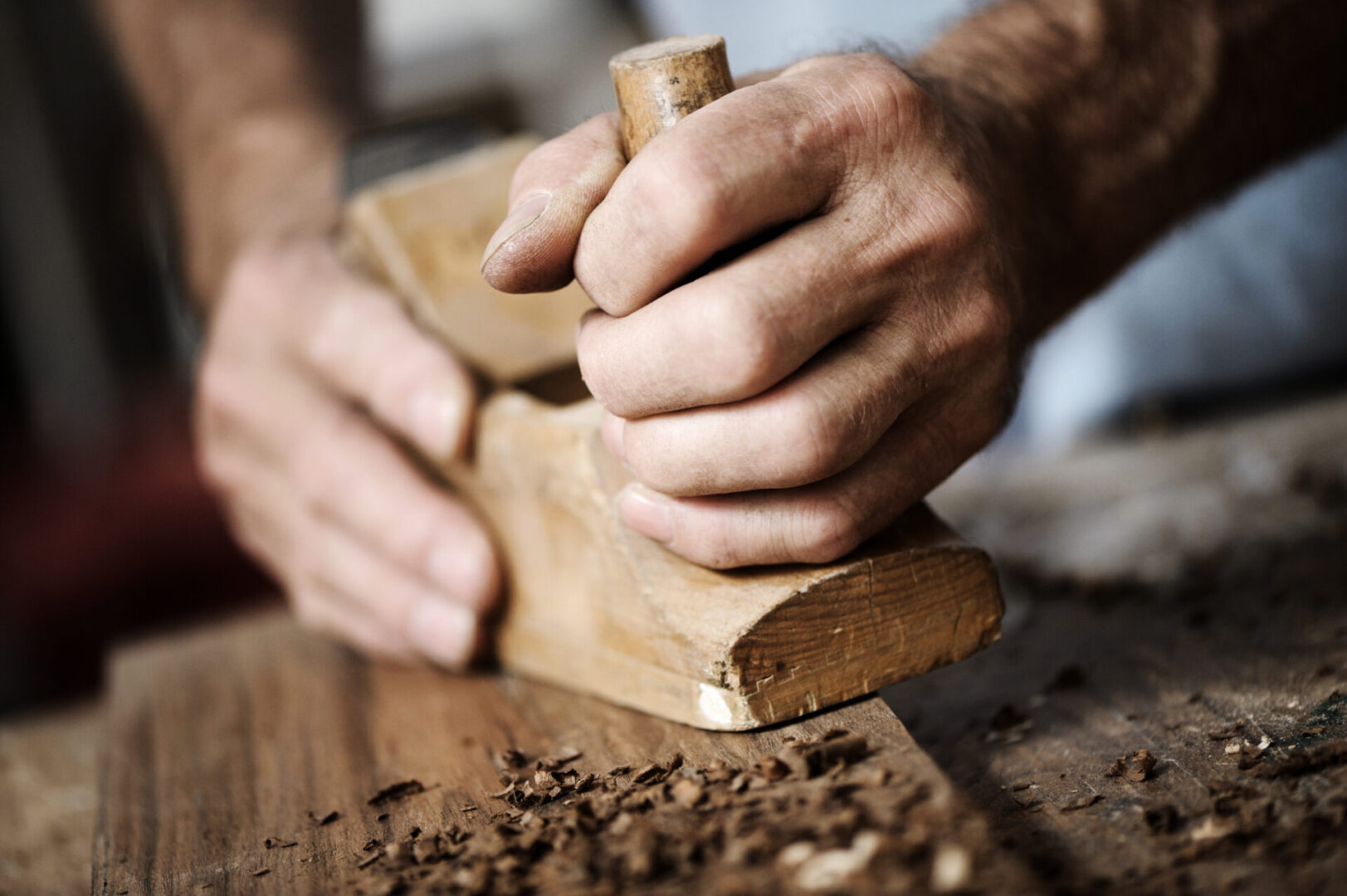At the core, a wood gunstock is the handmade work of a carpenter, the quality of which is vital to the longevity and durability of your gunstock. Refinishing your gunstock protects the wood from damage and rot, while also upgrading the aesthetic quality of your firearm. But, it also presents you with the perfect opportunity to enhance, customize, personalize, and bring new life to your shooting experience.
Learn the true value of refinishing your firearms stock and the different techniques that gunstock makers employ for different types of stocks. See the different ways in which stocks are finished, the process through which they go, and the best way to go about refinishing a gunstock. And, learn why custom wooden stocks are more reliable, accurate, and durable than the alternatives.
Gunstock Refinishing and Customizing: What is it and Why is it Important?
Whether you’re a hunter, sport shooter, or just enjoy shooting at the range, the quality of your gunstock is of central importance to your precision, safety, and comfort. A fresh finish on your stock improves the optical quality of the overall gun, but – more importantly – it improves the experience of shooting. Refinishing your stock is the single most effective way of ensuring the longevity of your firearm’s structural integrity.
Too many shooters buy-into the overwhelming availability of fiberglass or plastic aftermarket stocks that are ultra-lightweight and cheap. But, serious shooters know that lightweight is not necessarily a good thing, and you get what you pay for when it comes to your firearm. For serious hunters and competitive shooters, there is no substitute for the stability and reliability of a custom-made wood gunstock.
Adding Aesthetic Value by Refinishing a Stock
Refinishing the stock is necessary from time to time, to maintain or enhance your stock’s aesthetic value, functionality, and resistance to natural elements, like moisture and dust. There are many techniques for finishing or refinishing gunstocks, which differ depending on your aesthetic preference.
How Does Wood Grade Affect the Aesthetic of a Gunstock?
Rifle stocks are crafted from a solid block of wood. Most stocks are crafted from Claro Walnut or Maple because both species are durable hardwoods and possess attractive aesthetic qualities when finished. Gunstock makers determine the wood’s quality grade by assessing its grain, density, color, and figure. And, the higher the wood grade, the more aesthetically pleasing the finished stock.
Economy-grade rifle stocks are typically straight grain and feature some small imperfections or blemishes on the visual surface of the wood. Blocks of Claro Walnut that feature a reasonable grain flow, some light color in the wood, and any slight defect are categorized as Standard grade. Standard-grade rifle stocks are attractive, serviceable, and reliable.
A select grade stock features 100% dark walnut wood, no defects, and good grain flow, throughout the wood. A stock is a Semi-fancy grade if the wood grain features a notable figure to the grain or unique color characteristics.
Fancy grade walnut is categorized into three categories: A, AA, and AAA. Grade A Fancy stocks feature about 25% character in color, figure, or both. Grade AA Fancy stocks have about 50% color and figure, and Grade AAA features 75% color and figure throughout the gunstock. Exhibition Grade stocks are crafted from wood featuring 100% figure and color character, as well as pronounced and intricate grain flow through the entire stock.
What is the Difference with a Laminate Stock?
Laminate rifle stocks are hand-crafted from blocks of Birchwood, in the same process as is true with Maple or Walnut stocks. Birch is not as hard and durable as Maple or Walnut wood, but the stock becomes just as strong in the laminating process. And, laminate gunstocks are still crafted from 100% birch wood, while featuring vivid, eye-catching color patterns that complement the natural grain flow.
Laminate stocks comprise a solid birch wood stock with a 1/16-inch birch wood veneer on the surface. The veneer goes through a color saturation process, which soaks completely through the wood fiber before it is bonded to the base piece. The laminating process involves a hydraulic press that bonds the veneer with a strong resin adhesive. When finished, laminate gunstocks are extremely durable, weather-resistant, and superior to synthetic stocks.
How Do I Customize the Performance Features on a Rifle Stock?
When you are refinishing or customizing a rifle stock, it is the perfect time to adapt or add elements that improve the performance of your firearm. Since everyone’s body and shooting style varies, customizing your stock is the best way to personalize your firearm to enable greater comfort, control, and accuracy.
To increase control over kick-back, many shooters prefer a pistol grip rifle stock. A pistol grip stock is more familiar to many shooters and allows more stability when aiming down the sight rails. On the other hand, an ergonomic stock style is preferable for many target shooters and bench shooters.
A thumbhole rifle stock allows the shooter’s thumb to pass through a hole to enable a full grip. A thumbhole stock combines the ergonomic attributes of a classic rifle with the stability offered by a pistol grip. And, bedding the rifle in the stock is a customization option that increases the overall stability of a firearm – especially when shooting.
Refurbishing your rifle stock can include any one of these customizations – as well as many others – like adding a raised cheekpiece to your stock or choosing a classic round forearm. Keeping your rifle stock in good condition helps to maintain the structural integrity of your firearm through rugged use. If you want to see options for refurbishing and customizing your gunstock, check out the shop or talk to a rifle stocks associate, today.
